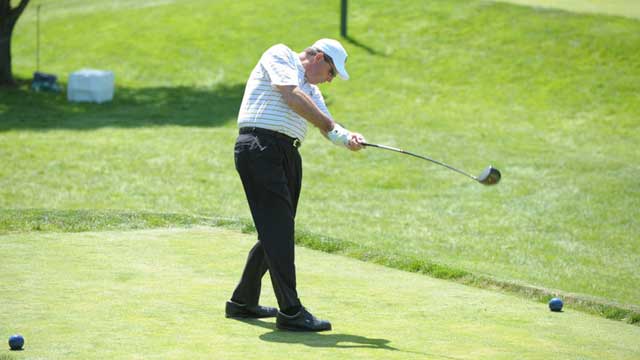NEWS
Managing Your Natural Tendencies Will Result in a Better Golf Swing
By Trevor Gliwski, PGA
Published on

The greatest players in the world have different looking swings, but all share three common and critical characteristics in their swings.
Assuming that they are hitting a straight shot, all will:
1.) get the clubface square and hit the ball in the center of the clubface
2.) approach the ball on the correct path
3.) achieve an impace position in which the majority of a player's weight is into the front leg and the hands are ahead of the ball.
No matter the "how", the fundamentals of a good golf swing are all the same. So it is a fair assessment to say that all good swings are trying to swing "to" or better yet, "through" the same place. Thus, the question is, how do we get there?
There is no one right answer, there are a wide variety of correct methods and styles that can deliver the desired results. Body types and limitations will go a long ways in determining the best swing for you, as will your athleticism and other personal traits. Some of these tendencies keep us on the right track, others we have to overcome to get to the universal rules of a good golf swing.
So your tasks are threefold:
1.) Identify your personal tendencies, your inherent traits which determine what ideal swing you can most consistently repeat.
2.) Learn to manage these tendencies and improve them to give you the best chance for success.
3.) Obtain feedback on your progress.
The good news is that once your natural tendencies have been identified, working on your game -- even after an "off day" -- is so much easier because it's almost always the same issues which flare up to cause your swing faults. There's no need to go back to the lab and start over, you just need to go back to your personal traits and get the feelings and drills that will keep those faults from cropping up.
And that my friends is the secret to golf -- identify the faults that disrupt your natural swing, manage them, and have some help when they creep in from time to time.
Of course, your local PGA Professional can help you with this.
Best of luck!
